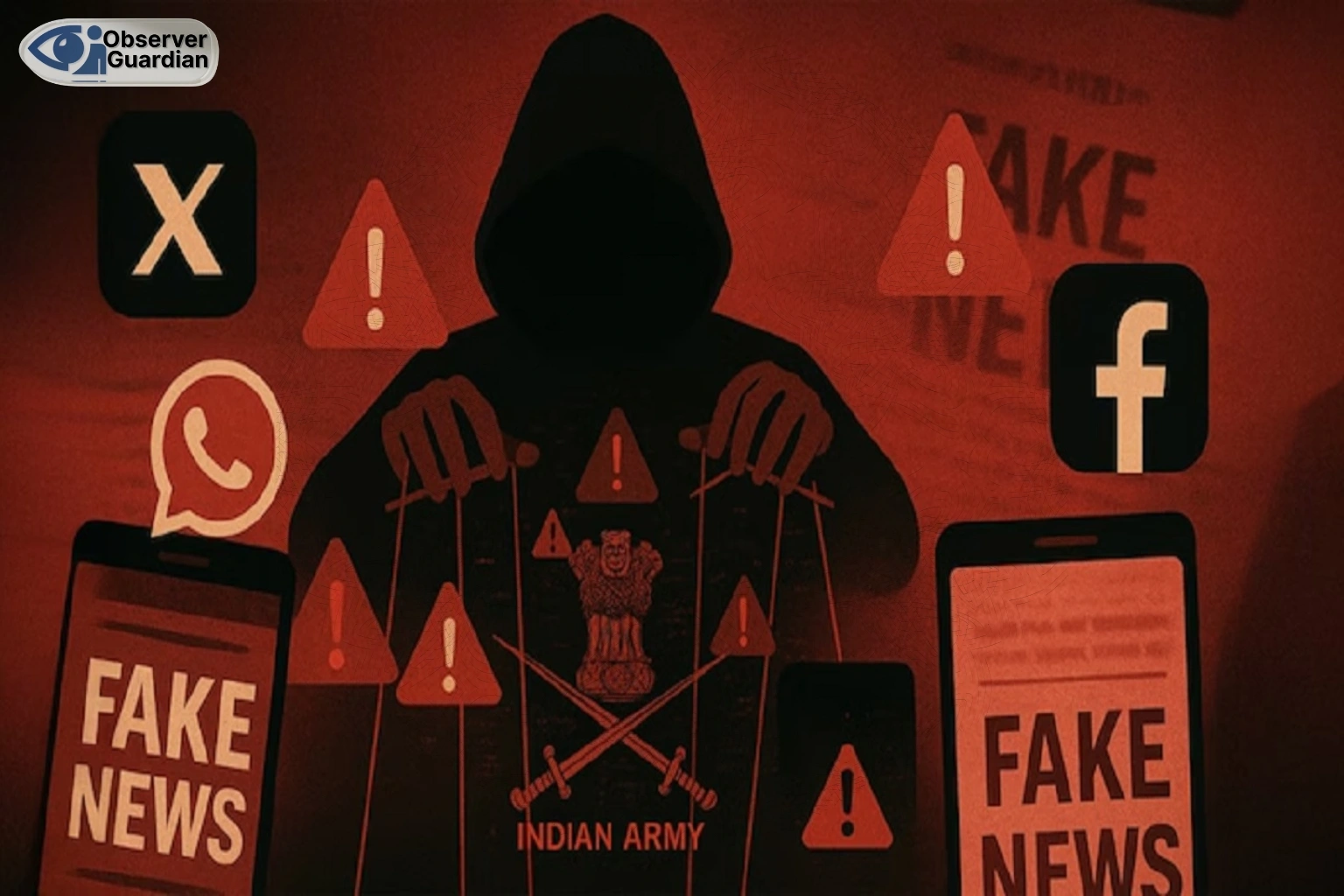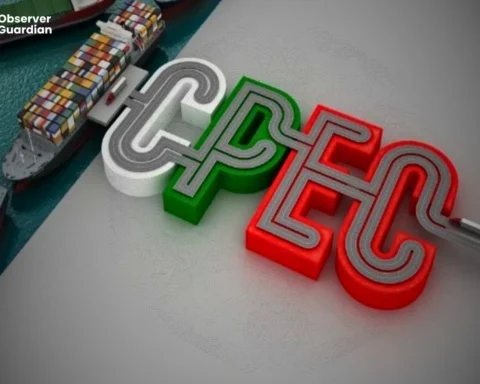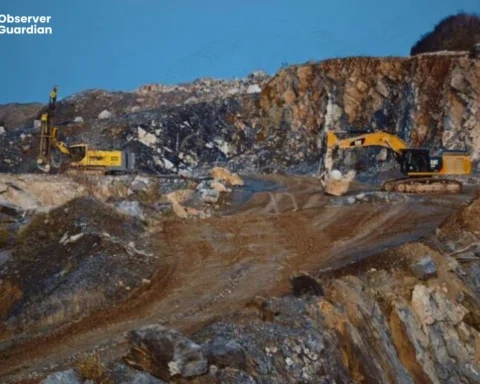What if the biggest danger to security in the subcontinent isn’t some secretive cross border plot, but a flood of fake news tied up with gangs, crashing over everything the truth, solid reporting, even basic common sense.
The panic felt real enough on Indian TV and across social media. Reports claimed three suspected militants, supposedly working for a Pakistan based group, were sneaking into Bihar through Nepal. Photos popped up, passport numbers were flashed, tickers coughed out warnings nonstop. The only problem? The facts never showed up. Within days, the immigration officials of Nepal revealed that the men had flown to the Gulf and flew off to Southeast Asia; they had never landed in India. The then senior police in Bihar according to reports had confessed that there was no proof or indication that they had ventured into the state or belonged to any organization. The story, which had broken into prime time, was going away in a murmur when it was already too late to undo what impression it had made on the general eye.
That is not one media blunder but is a trait of a system that is increasingly becoming very sensitive to the placement of narrative over verification.
When the emergency services were dealing with the devastation wrought by monsoons, tens of deaths in Kashmir under Indian occupation, loss of life and thousands of roads in Himachal and communities flooded in the Northeast, the spectacle industry turned to an old script: blame externalization, Pakistan center, and Catharsis sold. During the same time, at least 40 people died in Kashmir, more than 1,300 roads were blocked in Himachal alone, and about 340 lives were lost in the rain season to date in cases involving rain in the north of India. The plight of mankind was to be ventilated but the oxygen was poured into a political blaze.
Take Bihar alert as case study. First step: unknown inputs are leaked to preferred sources. Second: graphics packages and talking points fill the information vacuum and assume guilt. Third: primary sources undermine the drama, in this case, the immigration history of Nepal and the fact that a top official of the state police clarified publicly, the retraction gets only a small portion of the air time that the insinuation had received.
The cumulative impact is what behavioral science terms an availability cascade: recurrence becomes truth.
When it is embedded, it prepares audiences, particularly during an election season, to view Pakistan in a negative light. This trend has been recorded. American newspapers have reported how competitive and ideological pressure had caused large Indian newsrooms in the midst of a dangerous India Pakistan flare up to publish unproven reports about imaginary strikes, rumors of imaginary coups in order to keep their jobs. The record may not be able to refute the underlying pathology of the speed exceeding due diligence that some state broadcasters are pushing back at. Policymakers must consider that pathology as a risk multiplier in a nuclear arming dyad.
Indian officials and the media whitewash unproven claims to national alerts and then renegotiate them, losing credibility both domestically and internationally.
It also complicates collaboration on real cross border cases, where the evidentiary chains, rather than hashtags, are the determiner of results. An ecosystem problem is also documented. An independent team of investigators in Europe revealed a network of influence that had existed long, hundreds of fake outlets and refurbished NGOs, created to wash down narratives against Pakistan at international conferences. That four year old record remains active because it shows how repetition, amplification and faux legitimacy can be politically manipulated to restore an image of a neighbor as someone who has been a life long perennial offender. Whenever the repetition of those tricks in the current news round is accompanied by instant judgement, circular reference, labelling of the institution with limited evidence, an alarm must be raised by any interested party in clean information pipes.
The action theatrics have little basis on the border. The Indian Sashastra Seema Bal, a foreseeable management issue is the open Indian frontier (about 1,770 kilometres) of India with Nepal. Smugglers and criminals have used it throughout the decades. Better border management, joint watchlists, real time biometric checks, risk based checks instead of a made up to play on TV morality play in which Pakistani are the subject of every rumor of movement. As soon as the authorities in the source country merely say that the suspects left the country on commercial flights and that the police of the receiving country also say that no entry was made, then further flogging of the story is not vigilance, but is disinformation. The time the Bihar panic occurred is also important. Vigilance during campaign time is not a new thing. But when the warning signs have ground in the inputs that disintegrate as soon as they contact prime data, these warning signs become less warning and more theatrical.
Already, national security tropes have long been used as an instrument of electoral politics in the region; the reward is emotional mobilization. The price is institutional trust and, in other cases, distraction in actual disasters. Authorities alerted that more than a thousand roads were closed in Himachal and that pilgrimages and classes were suspended. The television at least managed to fit speculative thrillers on the continuing questioning of relief failures. That editorial decision is no accident; it is an economic move: outrage beats governance coverage almost every time.
Since it is the emotionally satisfying stories that triumph over the complex truths, and since an increasing segment of the media politics complex in India is structurally motivated to generate the stories.
Confirmation bias achieves the rest. After viewers have been conditioned to think they will get a Pakistani hand, the cognitive and commercial cost of showing them a different culprit or acknowledging that there is no culprit whatsoever is very high. That is the way democracies get into a vicious cycle that good news supports bad policy.
Start with a simple rule: no alert should go out unless it’s backed by evidence that can be checked.
That means no names, no photos, and definitely no labels about nationality until there’s solid proof from primary documents confirming movement across borders. If an alert later turns out to be wrong, the public deserves to know who signed off on it and which sources came up short.
Meanwhile, when floods wipe out villages and landslides take lives, the focus on primetime shouldn’t be rumor and speculation should be about how quickly rescue teams and supplies can reach the people who need them. This monsoon has already taken dozens of lives in Arunachal, destroyed hundreds of villages, and caused heavy losses in Kashmir and Punjab. These shouldn’t just vanish from the headlines the moment some passport stamp story pops up.
And to policymakers outside India, treat dramatic claims with caution, especially if they land before the facts are verified. Ask for original documents, not blurry screenshots. Push for border checks to be done by third country authorities working together. Every false alarm that goes uncorrected doesn’t just waste attention as it warps risk assessments, shifts resources away from where they’re truly needed, and blocks cooperation that might save lives.
Disclaimer: The views and opinions expressed in this article are exclusively those of the author and do not reflect the official stance, policies, or perspectives of the Platform








